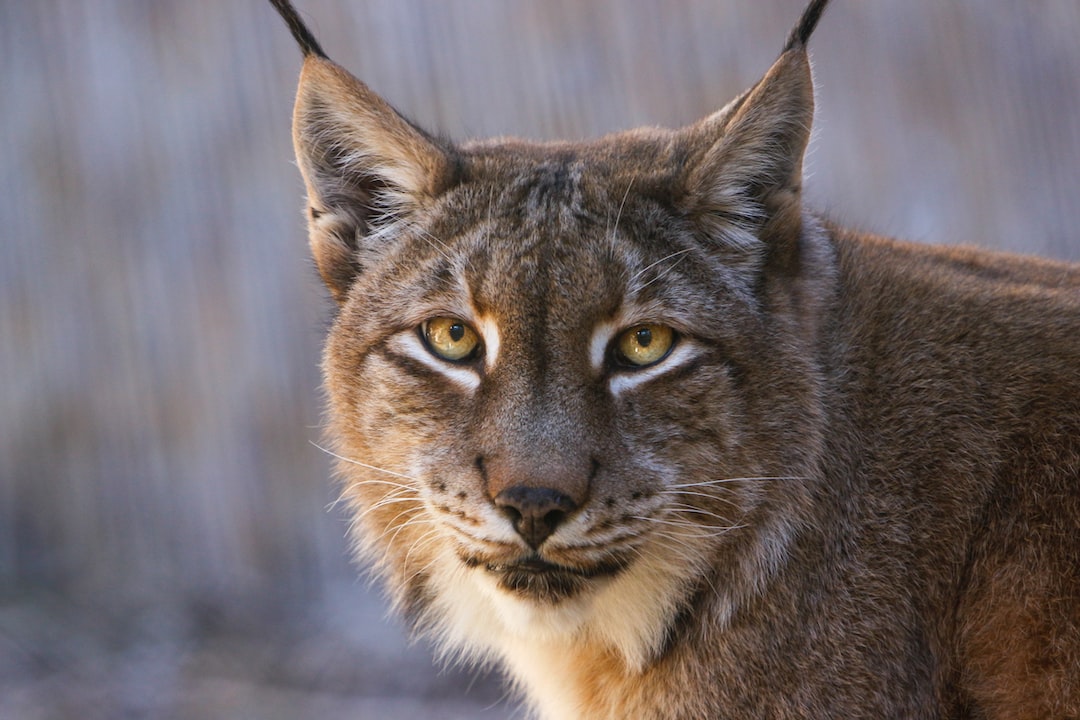The Art of Animal Communication: Decoding Their Vocalizations
The world of animals is a mesmerizing and diverse one. From the chirping of birds to the howling of wolves, the animal kingdom uses a vast array of vocalizations to communicate with one another. These vocalizations form a complex language that scientists and researchers are constantly trying to decode in order to gain insight into the inner lives of these incredible creatures.
Animal vocalizations serve several purposes, ranging from expressing basic needs to signaling danger or even finding a mate. Each species has its own unique set of vocalizations, allowing them to convey specific messages to members of their own species. Understanding these vocalizations can provide us with a deeper appreciation of the subtle intricacies of the animal kingdom.
One of the most famous examples of animal communication is found in the songs of whales. Whales use a series of complex and melodic sounds that can travel for miles through the depths of the ocean. These songs serve as a means of communication between individuals within a pod, helping them navigate, find food, or identify mating opportunities. Scientists have spent years studying these songs and have discovered that they even vary from year to year, suggesting that whales have their own unique cultural traditions.
Birds, on the other hand, are known for their intricate songs and calls. From the melodious songs of the nightingale to the raucous cawing of crows, birds use their vocalizations to defend territory, attract mates, and communicate with their flock. Some birds even mimic the sounds of other species, showcasing their ability to learn and adapt. The songs of birds have long been admired for their beauty, but they also serve as a vital part of their social structure and survival.
Mammals, too, have their own unique vocalizations. Take, for example, the haunting roar of a lion. This powerful vocalization serves multiple purposes, including asserting dominance, communicating with members of their pride, and defending their territory. Similarly, the chirping of dolphins and the howling of wolves also play an essential role in their social dynamics and hunting strategies.
Decoding animal vocalizations is a challenging task that requires a combination of scientific methodology and careful observation. Researchers use a variety of techniques, including audio recording and spectrograms, to analyze and study the intricacies of animal vocalizations. By comparing different pitches, frequencies, and patterns, scientists can determine the meaning and purpose behind each vocalization.
Advancements in technology have also allowed scientists to delve deeper into the world of animal communication. For instance, researchers have started using bioacoustic monitoring to better understand the vocalizations of various species. This involves placing microphones in the wild and recording the sounds of animals over an extended period. By analyzing these recordings, researchers can gather valuable information about animal behavior, habitat usage, and social interactions.
Understanding the art of animal vocalizations not only provides valuable insights into their behavior but also raises questions about the possibilities of cross-species communication. Humans have long been fascinated by the idea of communicating with animals, and while it remains a subject of ongoing research and debate, advancements in the field of animal communication have shown promise. Researchers are exploring techniques to bridge the gap between human and animal language, with the hope of establishing a common ground for communication.
In conclusion, the complex vocalizations of animals are a testament to the richness and diversity of the natural world. From the songs of birds to the calls of whales, animal vocalizations serve as an essential means of communication. Decoding these vocalizations allows us to gain a deeper understanding of their behavior, social structures, and cultural traditions. As scientists continue to unravel the mysteries of animal communication, we inch closer to forging a stronger connection with the incredible creatures that share our planet.
